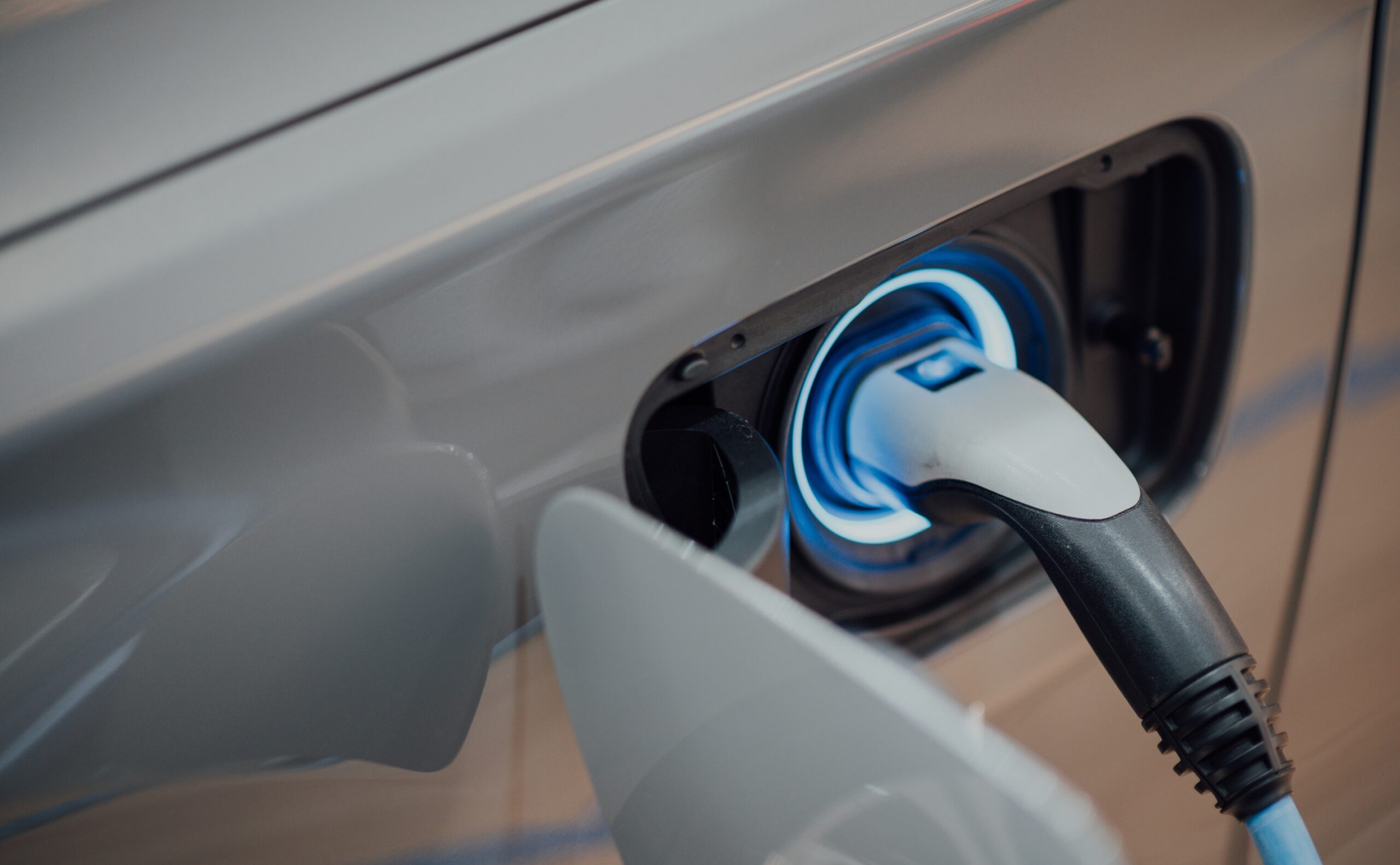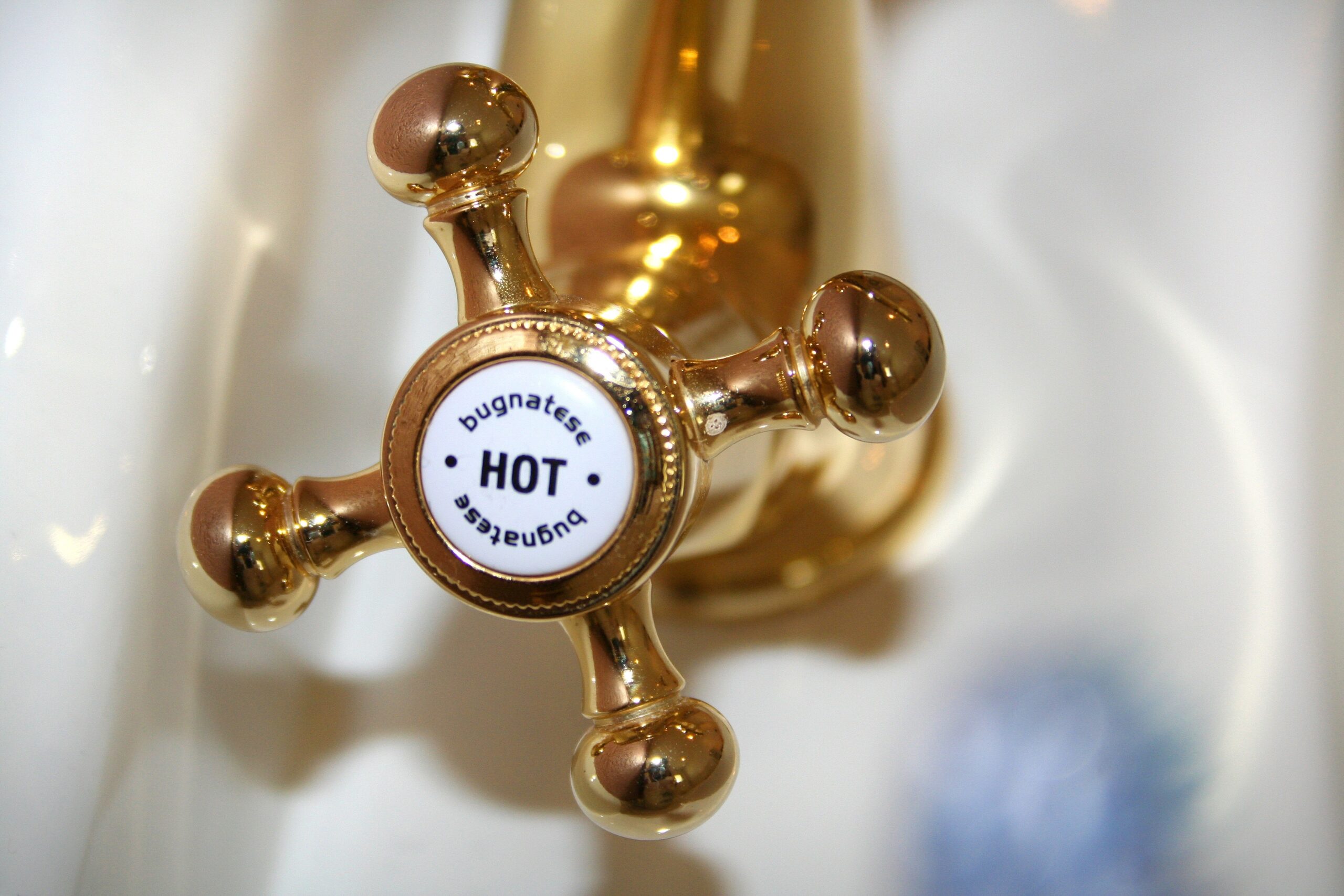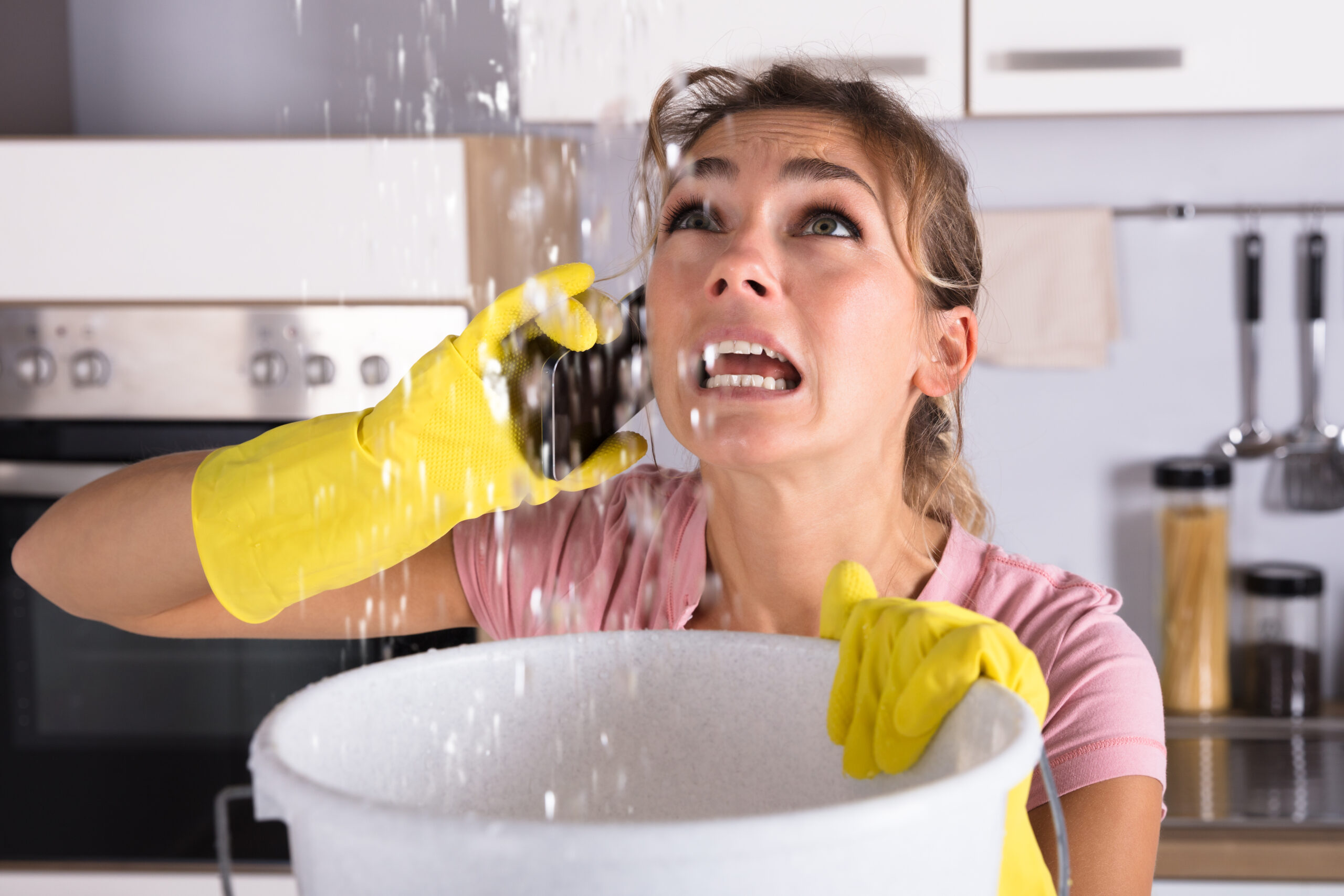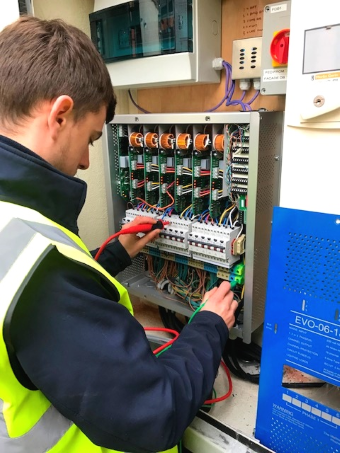Facilities management can take up a lot of time and effort for a business and it’s important to get it right. It’s a key aspect of running a successful business and if you’re struggling with time to effectively manage your business facilities, then a facilities management service may be a good idea. If you’re still unsure, we’ve put together a handy list of pros and cons, as well as what facilities management actually is.
What is Facilities Management?
Facilities management is the process of integrating multiple or all aspects of looking after a commercial property. This can be anything from fire door installation jobs to building and refurbishment works. Facilities management services can be tailored to suit your business needs, from one or two jobs, to multiple jobs over a longer period. They allow you to focus your attention on other aspects of the business rather than worrying about what needs to be done to the actual property.
Pro: Increased Expertise
By using a facilities management service, you know you’re getting access to a team of professionals who are experts in their field. This is often much more cost-effective than hiring internally or doing it yourself. With a facilities management service, you’re paying solely for the jobs they’re carrying out and you also don’t have to worry about the training time or costs of yourself or an internal hire.
Con: Costs Can Vary
In the previous point, we talked about how paying for a facilities management service can often be more cost-effective than hiring internally. Whilst this can be true, by hiring internally, you know exactly what you’re paying for as you’re likely to be paying an annual salary. With a facilities management service, you may pay for one or two services before realising that there are more jobs that need to be completed – this could cost you more when paying for services individually.
Pro: Timesaving
As a business owner, you often won’t have time to carry out work such as the jobs we’ve discussed above. This is where using a facilities management service can be useful; essentially, all you’ll need to do is discuss with the team what needs doing and before you know it, you’ll have one less thing to worry about! Doing this can massively save you time, allowing you to focus on other aspects of the business that require your attention.
Con: Less Control
A disadvantage of using a facilities management service is that you will have less control over the work. Of course, this will always be the case when you hire someone or a team of people to do a job. Ultimately, doing the job yourself is usually the only way of ensuring full control over the work, which, as we’ve discussed earlier, also has its drawbacks.
Pro: 24/7 Assistance
At Kiasu Workforce, we ensure that our team are on hand 24/7 so you can be confident you’re getting the best possible service. If you use existing staff to work on facilities management, they will usually only be available during office hours, which often isn’t suitable for a lot of businesses. That’s where outsourcing your facilities management can be useful, as you know that whenever you need us, we’ll be there.
Deciding whether or not facilities management is right for you can be a big decision. There are a lot of factors to consider such as savings, cost, and time; ultimately though, only you as the owner of your business can tell if it’s a good idea. If you do decide that facilities management is right for you, give us a call on 020 8988 1662 or email us.




